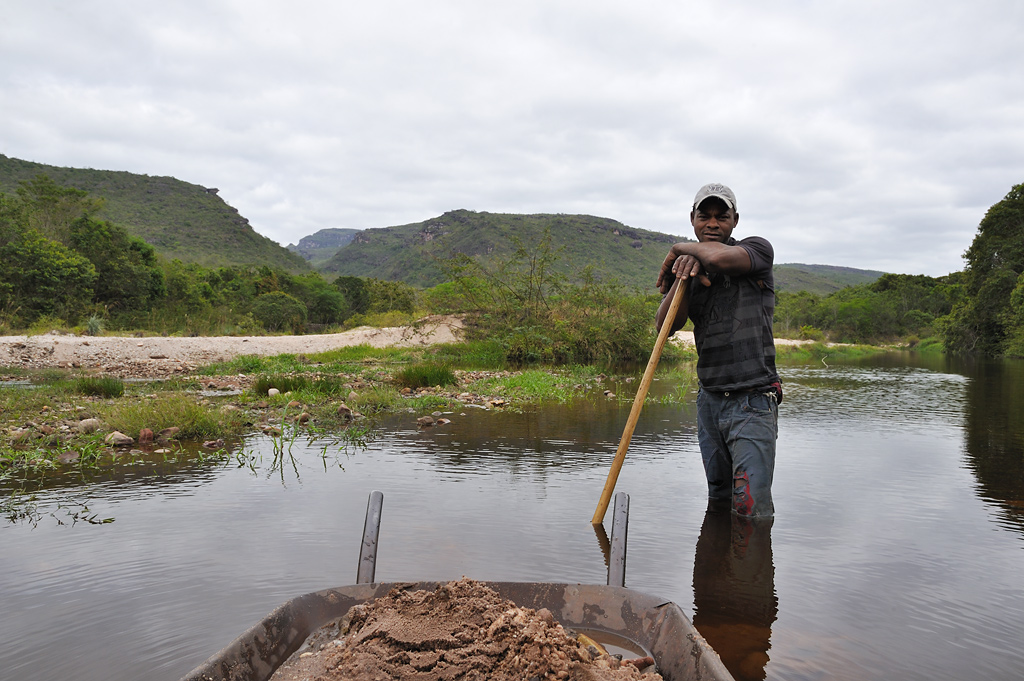|
|
During my
recent visit to Chapada Diamantina, I asked myself whether there
existed even today, people who lived their lives as diamond prospectors
and what actually prompted them to do such work. Through an
acquaintance, I was able to find Cago, a diamond prospector and we
arranged to meet at his current mining site. At the moment he was
prospecting for diamonds at Rio Capivari, located at a distance of
about 15 km from the city of Lençois, known as the gateway to
the “Chapada” region. For the past 10 days Cago had toiled
in vain; he had not found a single diamond in all this time. Would he
finally hit pay dirt today?
|
|
|
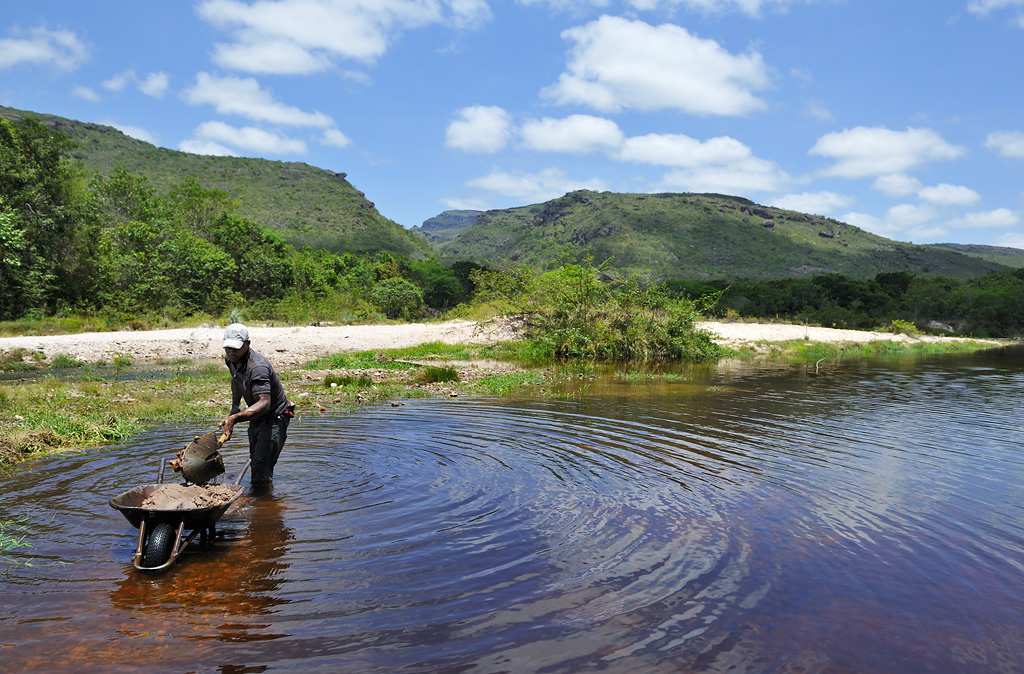 |
Once
he has decided on this particular spot on the river, he must first
build a small dam, something like what a beaver would do. He needs the
water outlet of the dam to flush out the coarse gravel. It is 8.30 in
the morning and though the sky is still overcast, it spits off dry
heat.
Cago’s daily routine is simple, but strictly regulated. His
workday consists primarily of shoveling. He shovels the gravel into the
wheelbarrow till it is full, and then flushes out the contents through
the grate, which he has mounted on to the small dam. The heavier weight
of the diamonds allows them to sink to the bottom and they are caught
in the cross-bracing of the grate. If indeed there is a diamond in
there to find, he will find it! This process is repeated 25-30 times on
any given morning.
Every now and then, he will drink a sip of the river
water out of his cupped hands. “It is absolutely clean and
fresh.” |
|
|
His
strong arms reveal that he has not taken up this work only just
yesterday. Up until recently Cago was working for a diamond-mining firm
with a special permit near the city of Andaraí, where he fed big
machines with stones and gravel. For fifteen days of work there he
received a wage of 150 Reais (~ 59 €, Exchange Rate10/2012 =
1€ : 2.55 R$). This is far less from the actual legal minimum wage
of 540 Reais per month in the year 2011. “That was poorly paid
drudgery and I thought that I would manage this alone! I gave notice
immediately so that I could prospect for diamonds on my own,” he
explained to me. He has learnt this trade from his father and he is
also of the opinion, “I have never done anything else and I
cannot do anything else. Working with tourists, like so many of my
older friends are doing today, is something that I absolutely cannot
and will not do.”
A small diamond, depending on the size and quality fetches him anywhere
between 25 and 50 Reais. The biggest diamond that he has found so far
fetched him 800 Reais. The problem is that the somewhat bigger diamonds
lie at a depth of about 15 meters and can only be retrieved with
machines. When he is unable to find any diamonds in a given spot even
after trying for about three weeks, he moves further and looks for
another place.
It is something of a gamble, even if there is none. Diamond mining in
the Chapada Diamantina National Park is restricted. Only firms with
machines having special permits can mine in and around the city of
Andaraí. Individuals can apply for a mining permit for a
specific region, wherein they can mine manually. If they wish to change
their chosen spot, they must file a new application. This is
controlled, complex and inconvenient and that is why most do not adhere
to it. There are very few prospectors like Cago, who attempt to earn
their livelihood only through diamond mining. The majority treats it as
a kind of a side job, many as something to do on weekends and in the
evenings. |
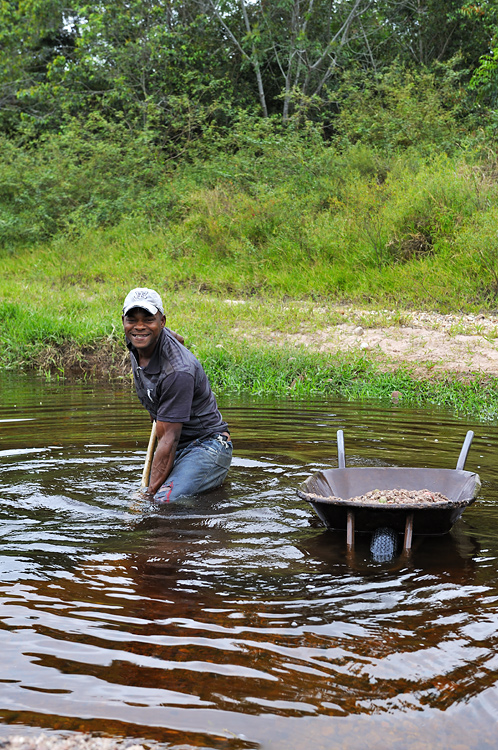 |
|
|
|
|
| The
erstwhile diamond-washing town of Lençois is situated on the
edge of the Chapada Diamantina National Park, at a distance of 425
kilometers from Salvador de Bahia. When diamonds were first found in
Rio Mucujé there was a surge of prospectors, adventure seekers
and bandits who travelled here from across Brazil to find their luck.
The prospectors, whom the Brazilians called garimpeiros, lived in tents,
which looked like dry, suspended bed sheets. That is where the name
Lençois coms from - the Portuguese word for bed linen. |
|
|
|
|

Lençois |
|
|
|
|
| The diamond
rush transformed Lençois into a rich city. By the end of the
19th century, however, the treasure trove of diamonds became sparse.
Diamonds were also found in South Africa during this time, which
further devalued the worth of diamonds in the global markets. Once the
Brazilians abolished slavery in the year 1888, it also led to the
demise of the diamond boom, which was clearly visible in the beginning
of the 20th century. |
|
|
|
|
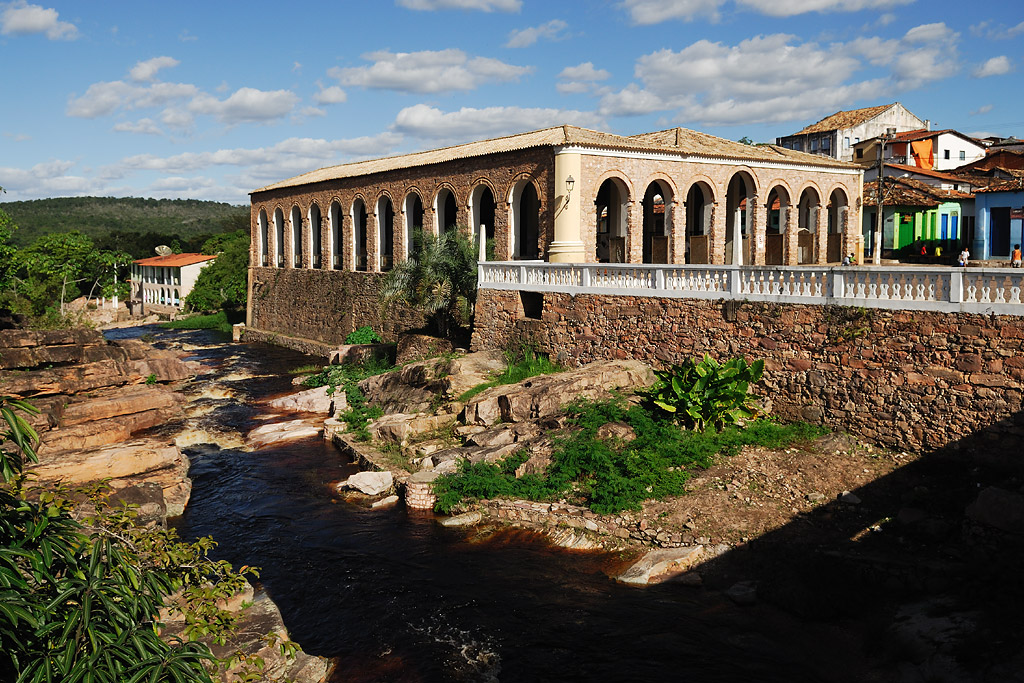
Erstwhile slave market in Lençois |
Today,
Lençois is a beautiful town with a population of about 10000
people that has changed little, architecturally, over the years.
Chapada Diamantina was declared as a National Park in the year 1985.
Since then Lençois has become popular for tourism. Despite the
rising number of tourists that visit the region every year, the town
has managed to preserve its colonial character even today.
Lençois serves as a gateway to visit the table-mountains,
canyons, waterfalls and caves, as well as the flora and fauna of this
gorgeous National Park. |
|
|
|
|
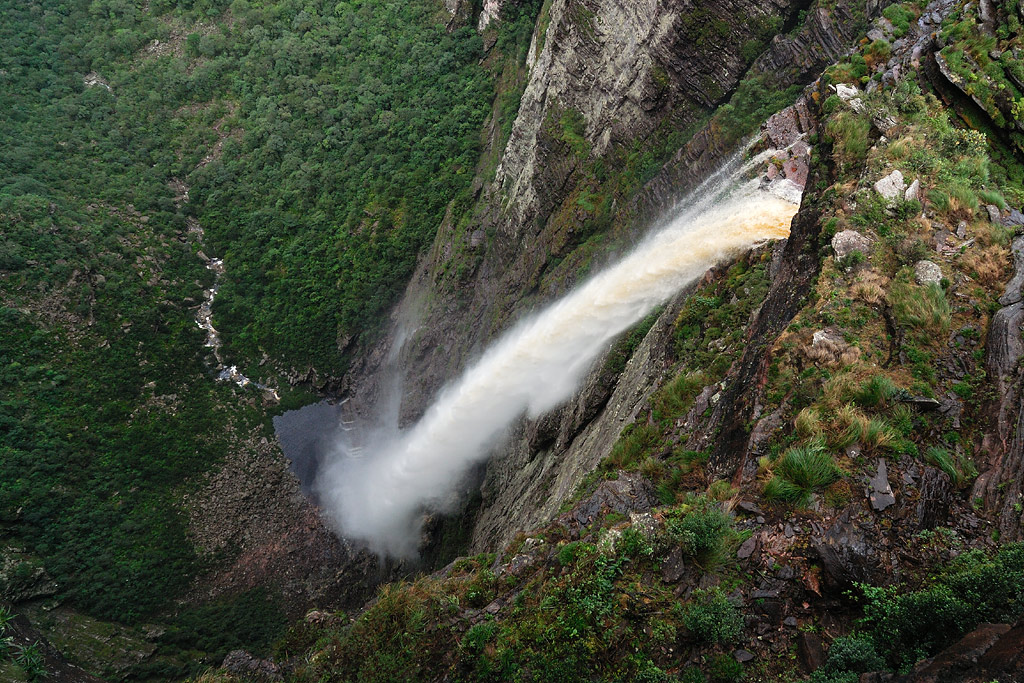 |
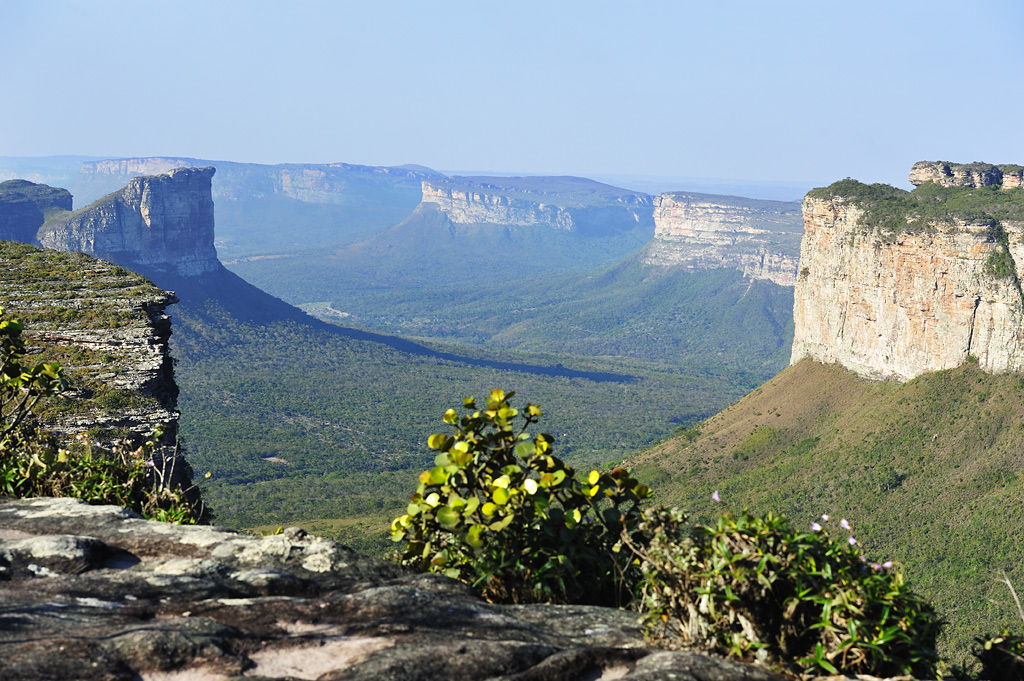 |
|
|
|
|
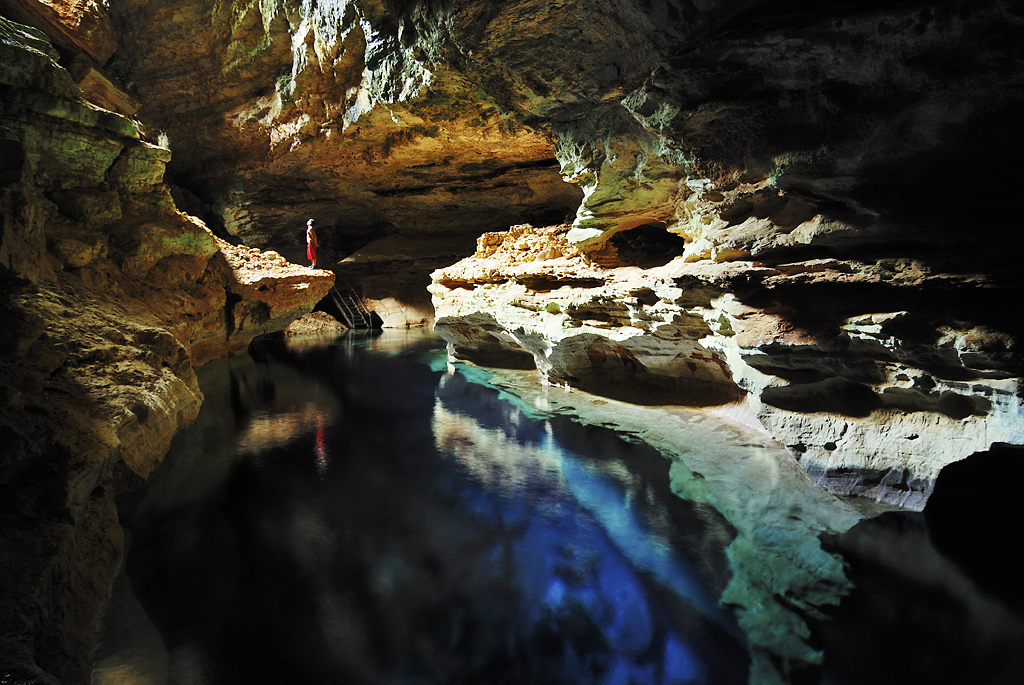
Poço Azul, Chapada
Diamantina |
|
|
|
|
A little before the afternoon break, around 12:00 Cago begins to dismantle the grate.
He then sieves the gravel that is deposited in the grate. This is
always a suspenseful moment, as it decides, whether the hour of
drudgery in the extreme heat has paid off or not.
He positions several sieves of different sizes one on top of the other,
with the biggest sieve on top and the one with the finest weave at the
bottom.
Each layer in the sieve is carefully flushed, swiveled and well checked. |
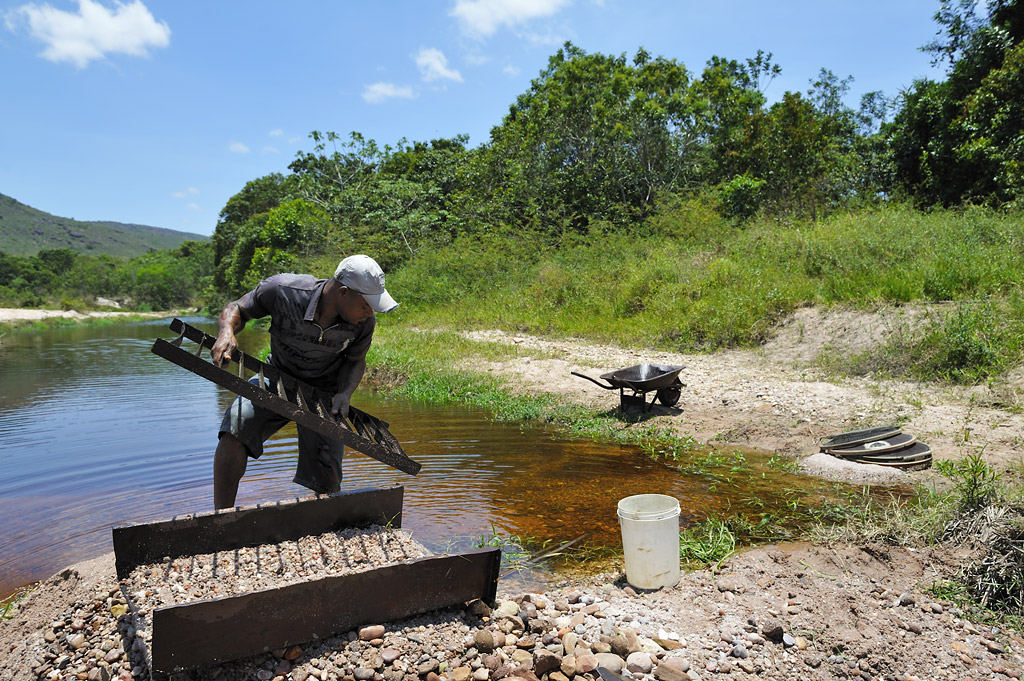 |
|
|
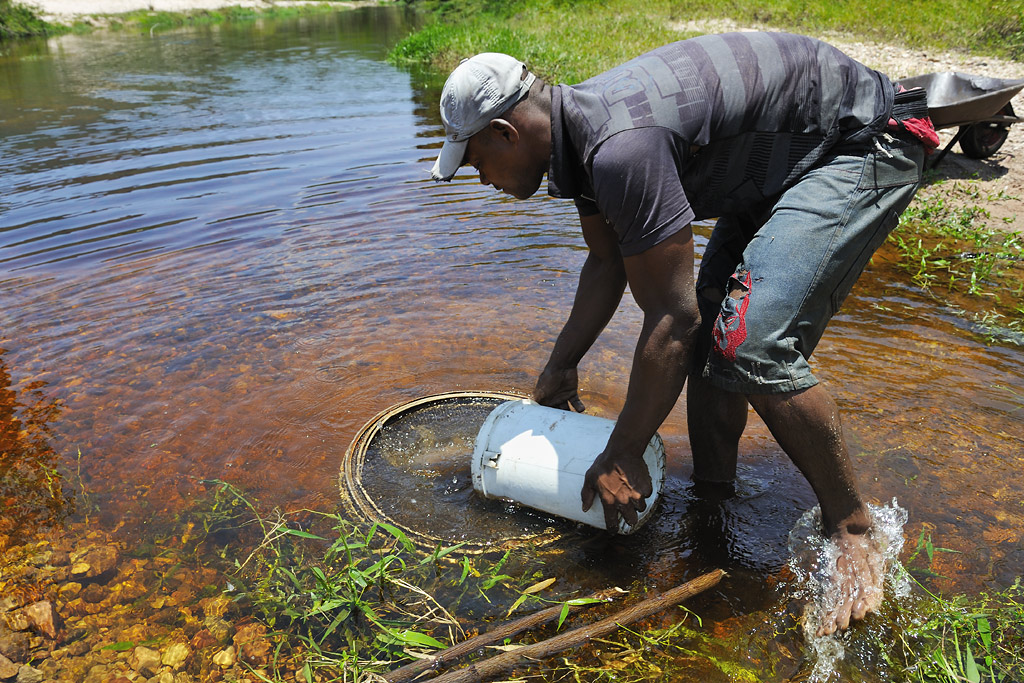 |
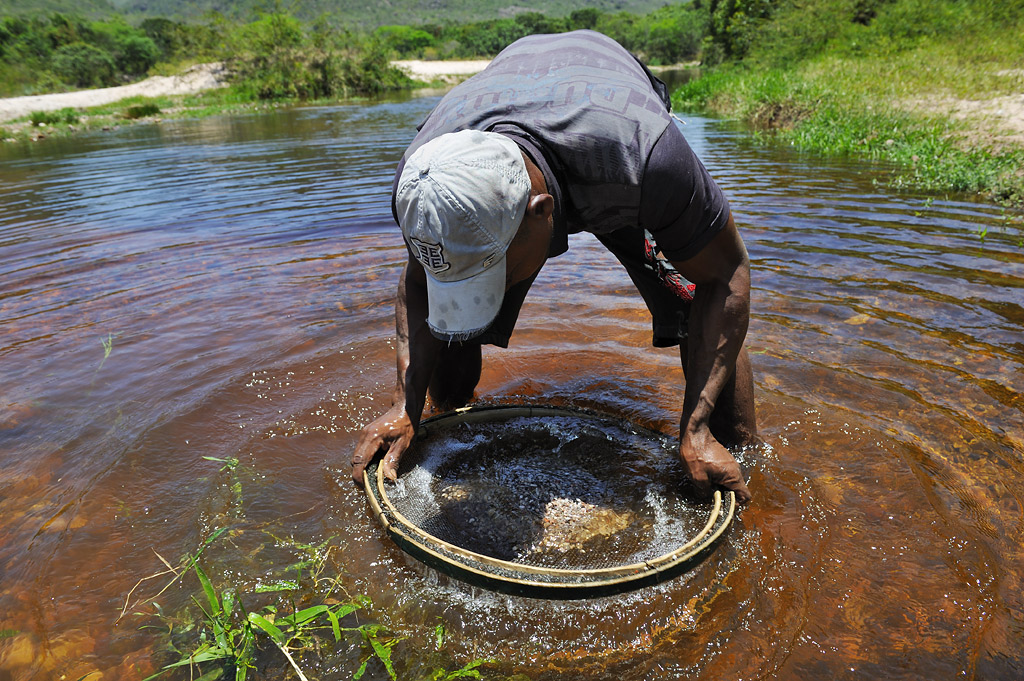 |
|
|
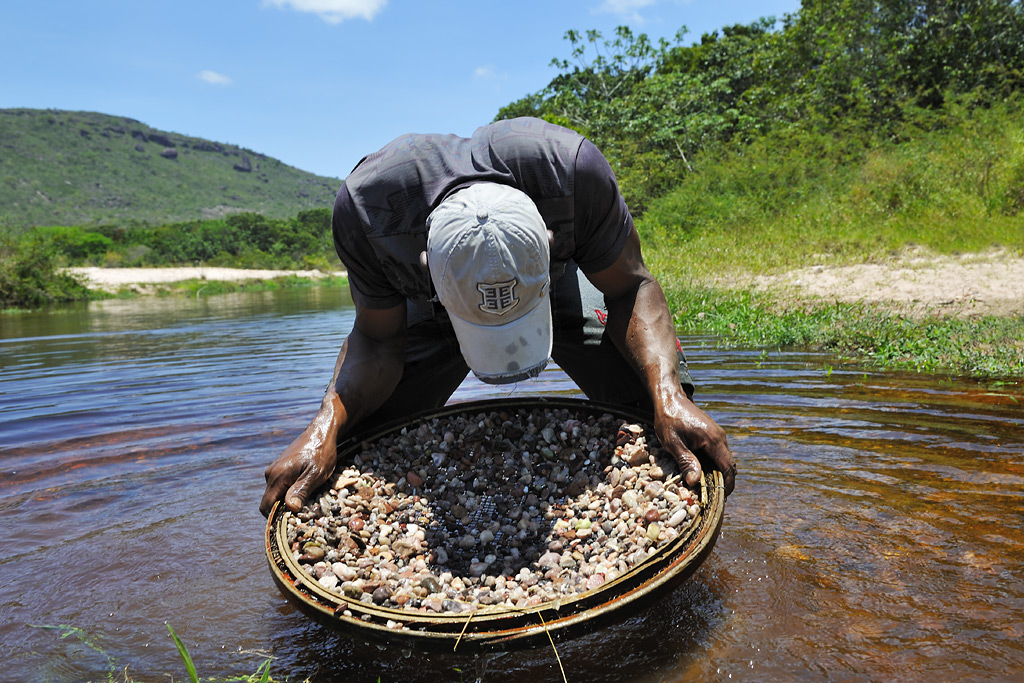 |
|
|
Unfortunately
once again, nothing! But one observes no frustration on him; it is
simply a part of business. After the first sifting process of the day,
he goes to his house, which is at a walking distance of about 10
minutes for his afternoon break. The heat is by now scorching, it must
be about 40° C. Cago has worked barefoot all this time and now he
walks home also barefoot. There and at that time, I understand. He does
not own any shoes!
He has built his small, humble house together with the help of
an experienced garimpeiro colleague. That is for him a sense of
solidarity.
|
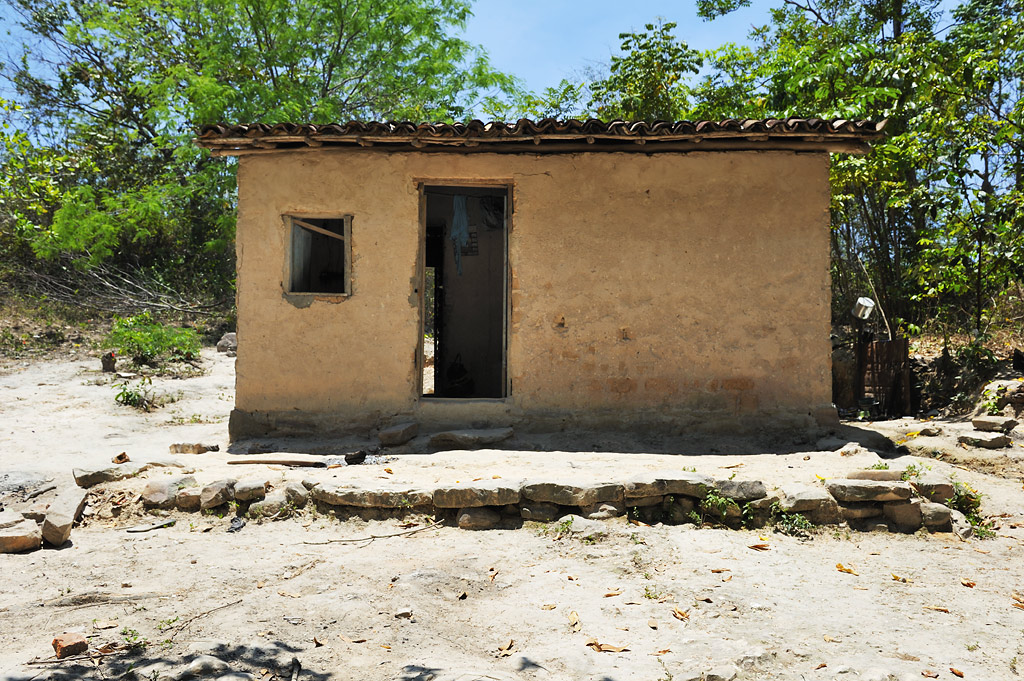 |
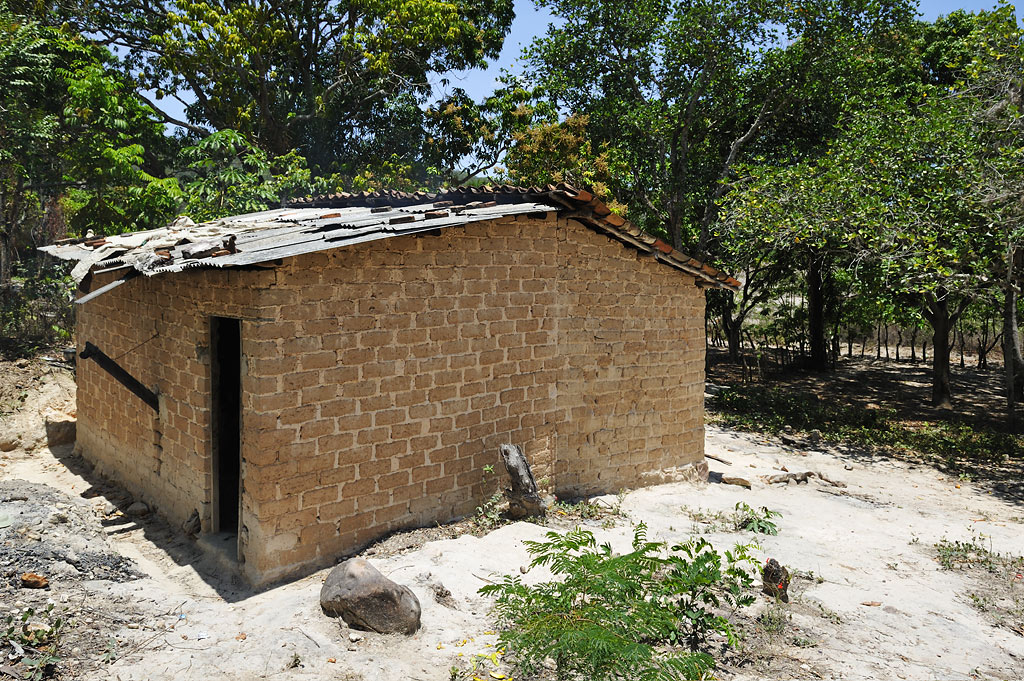 |
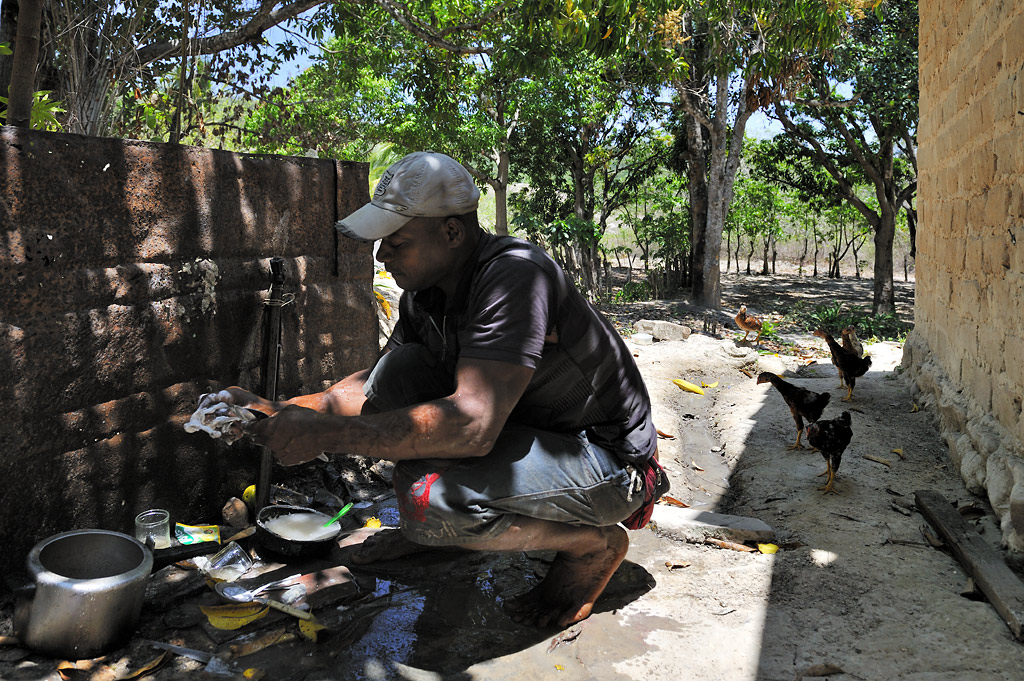
|
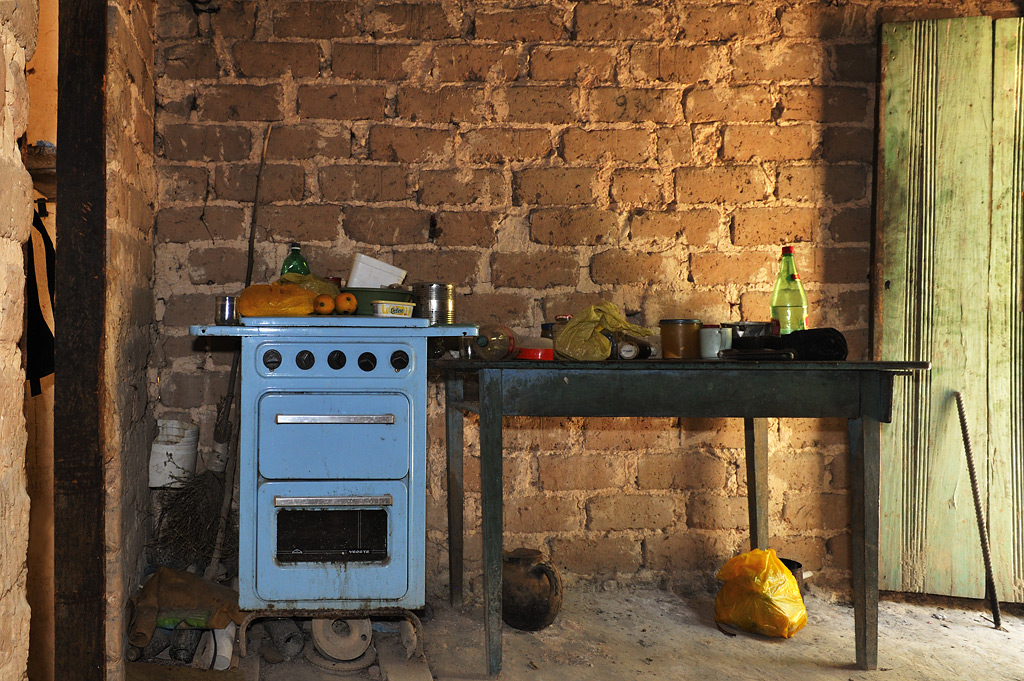 |
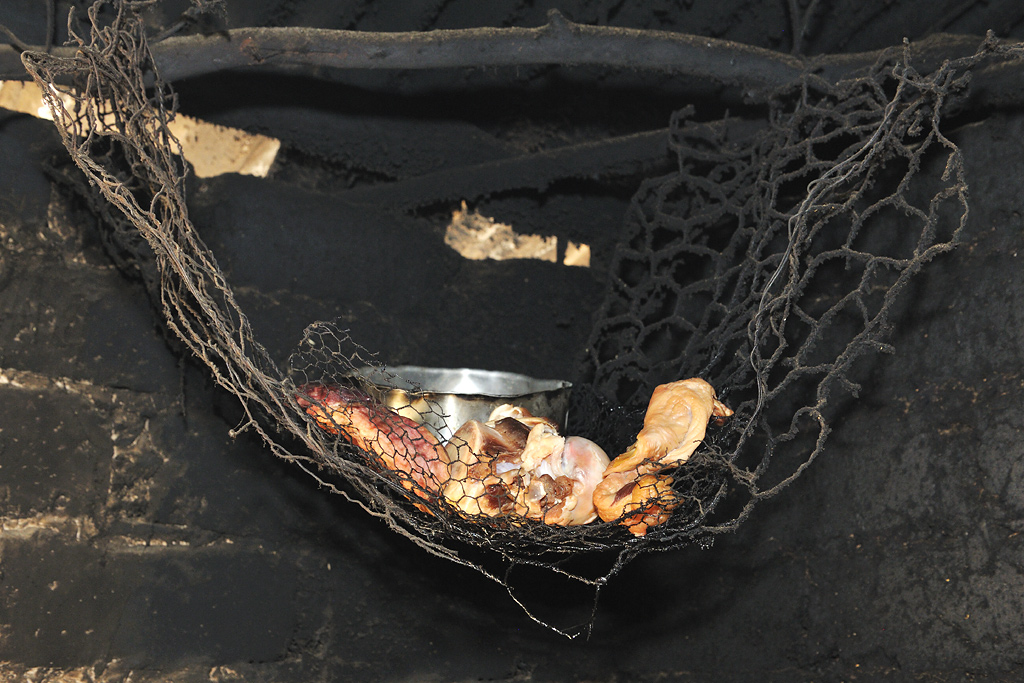
The meat is smoked over an open fire |
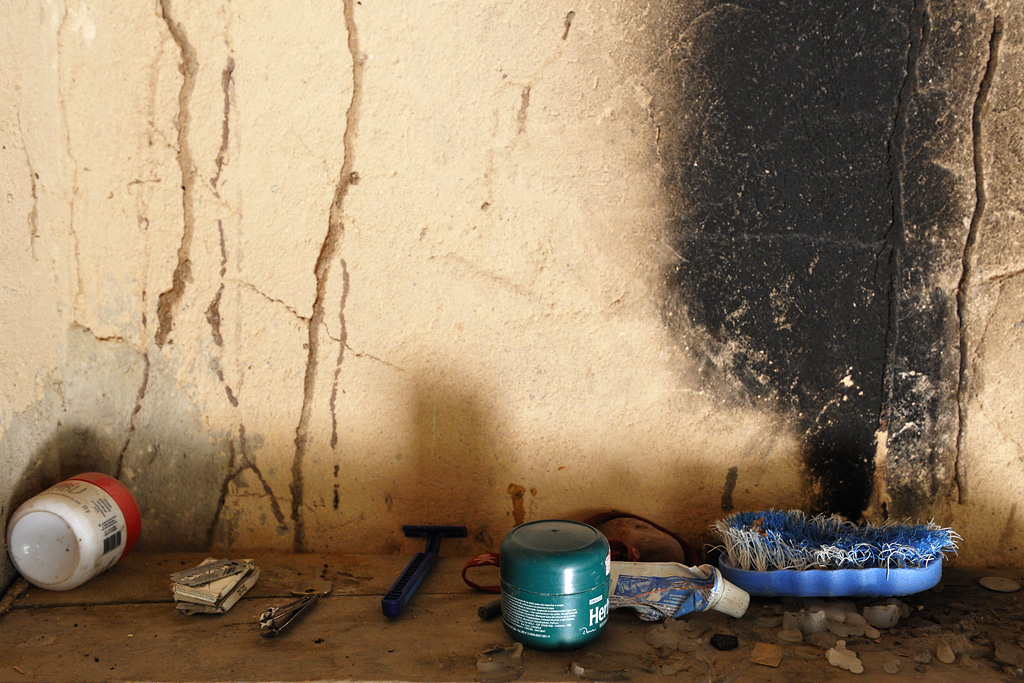 |
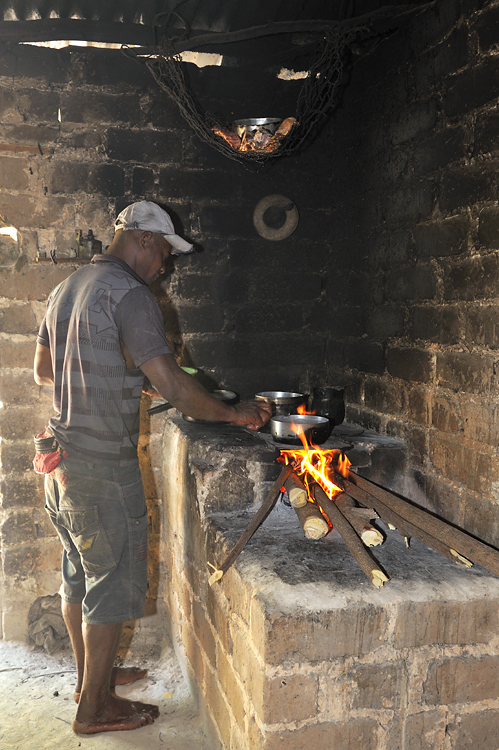
|
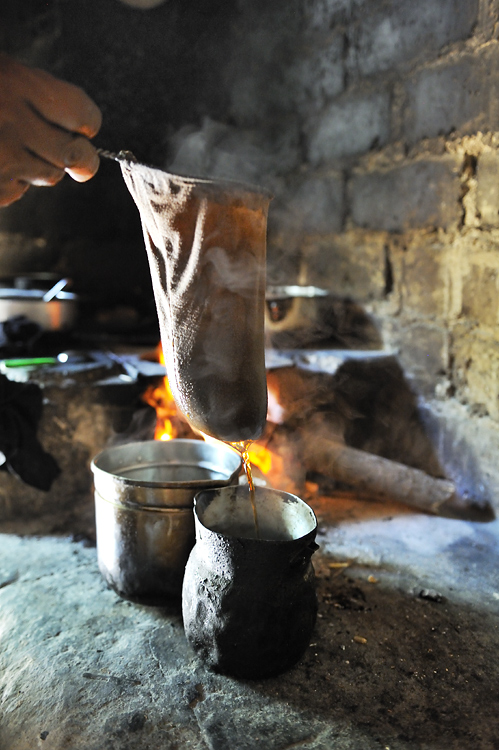 |
There is no electricity; that means no light and no refrigerator!
Cooking is done over an open fire, as traditional, as his methods for
mining. Lunch is typically Brazilian; given the simple cooking conditions, it is very tasty: rice, beans in garlic
stock, meat, in addition two slices of tomato and two rings of onion.
Oil is unfortunately drained out. Also, fresh tap water and after the
meal there is astoundingly good filter cafezihno (Brazilian style
coffee), even with some sugar. Then again a short break under the shade with
some chit-chat (bate-papo). A neighbour returning home after a short
outing passes by and sits with us. |
|
|
